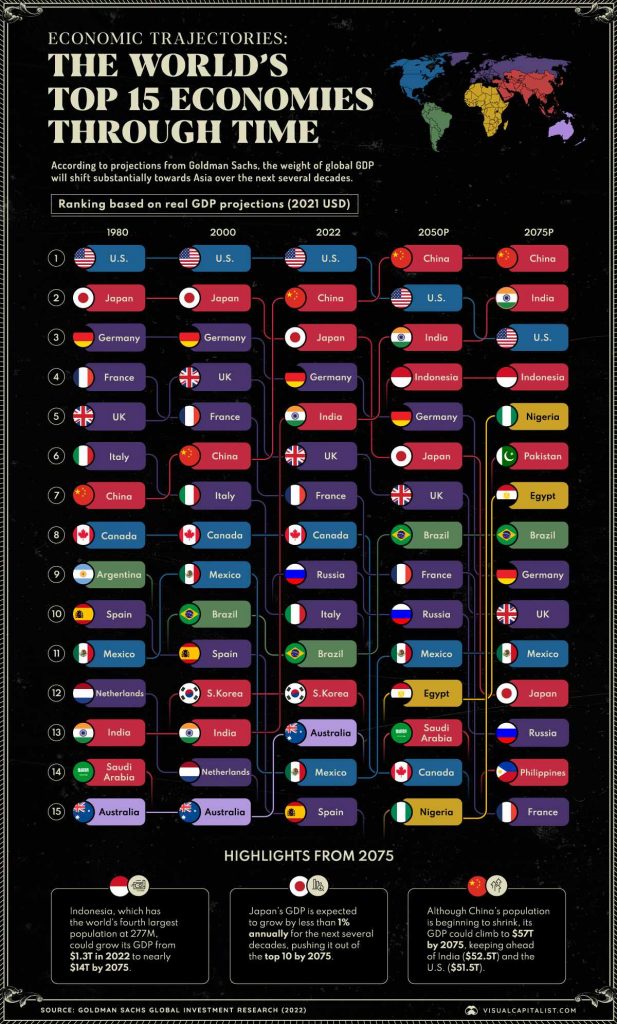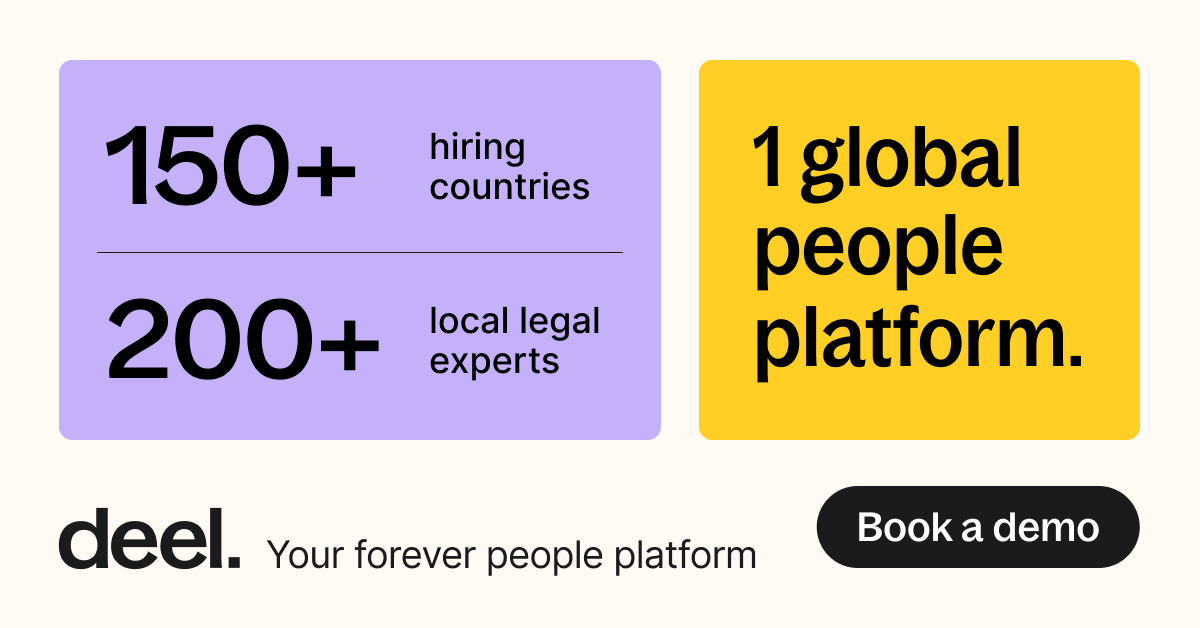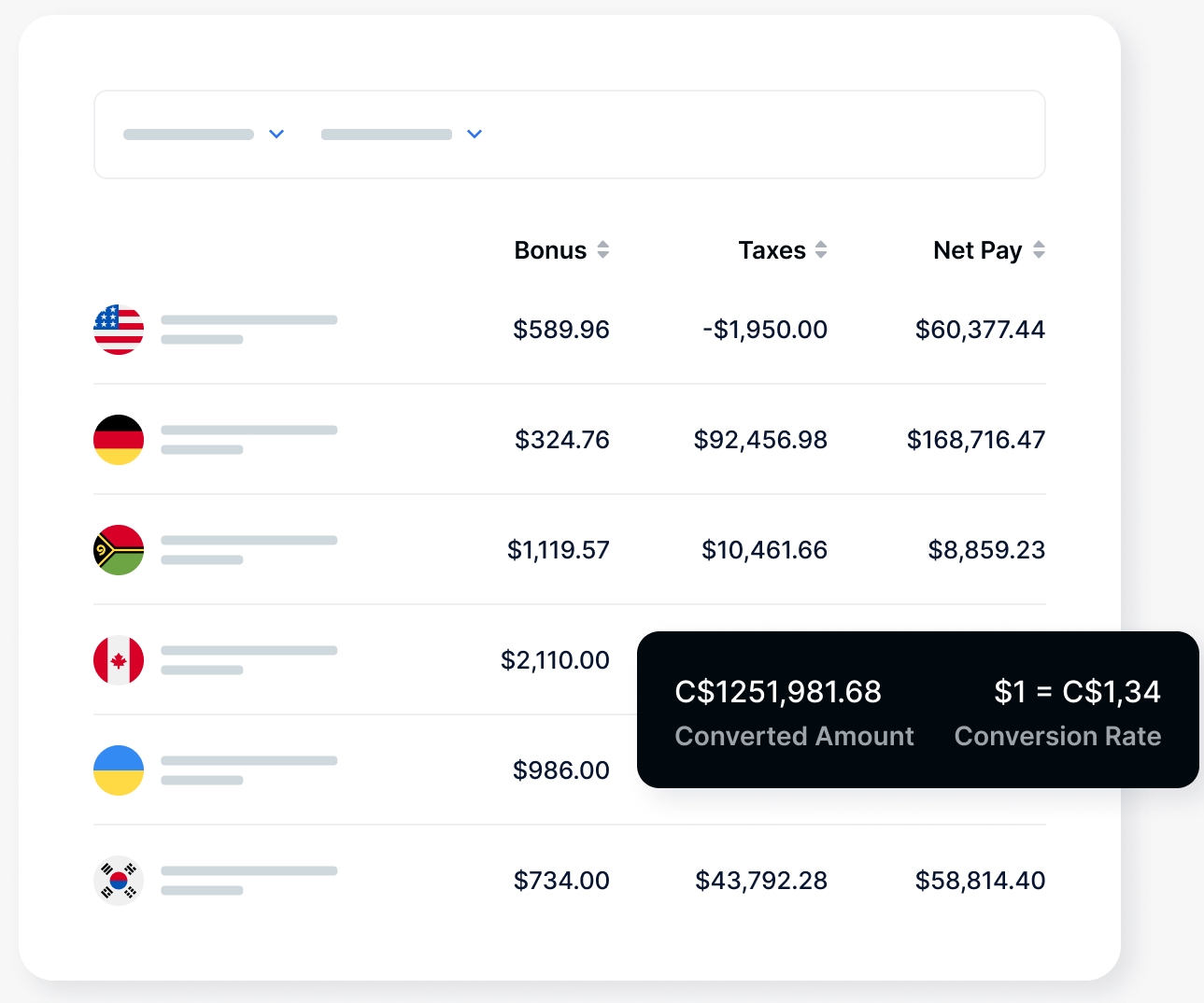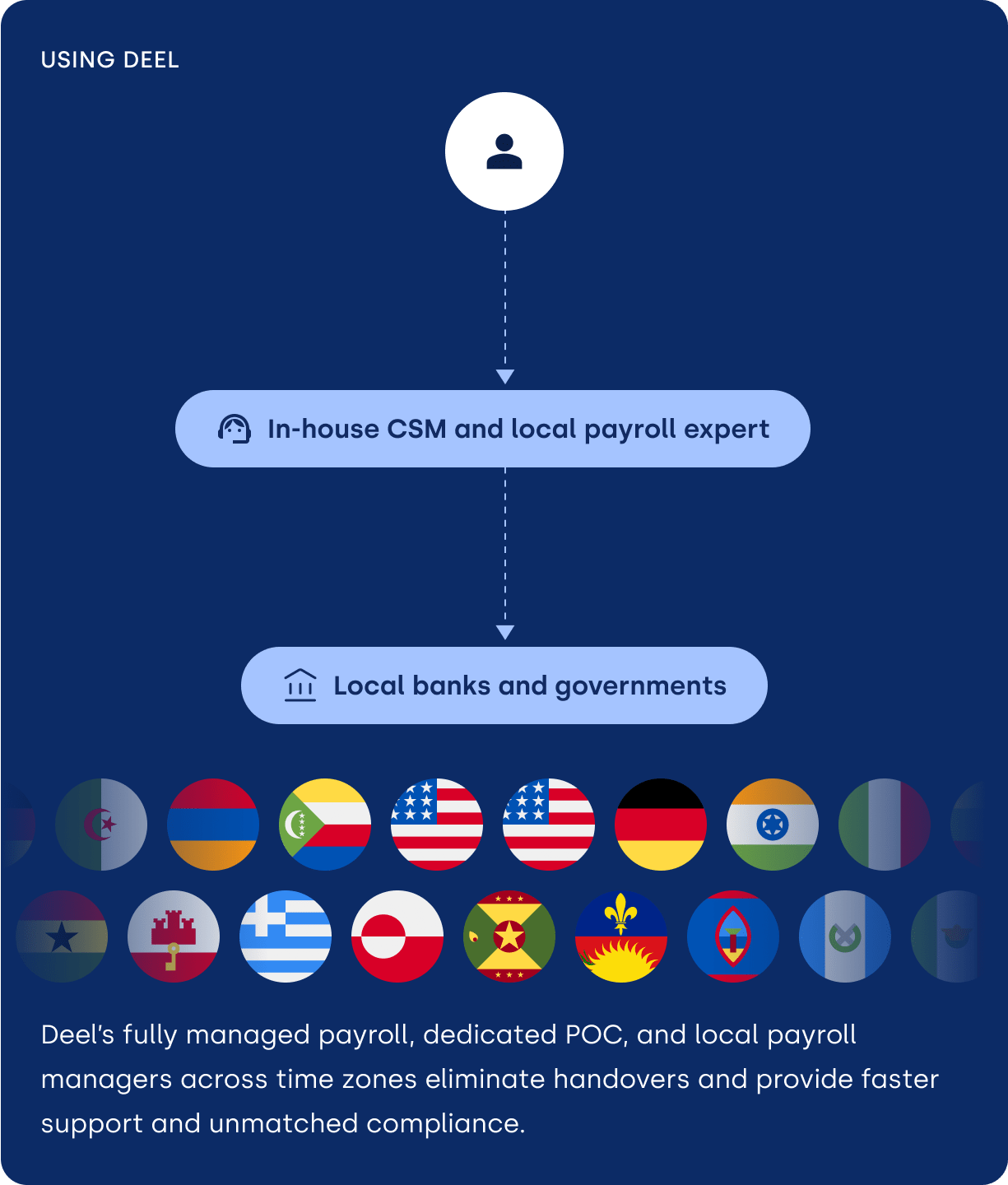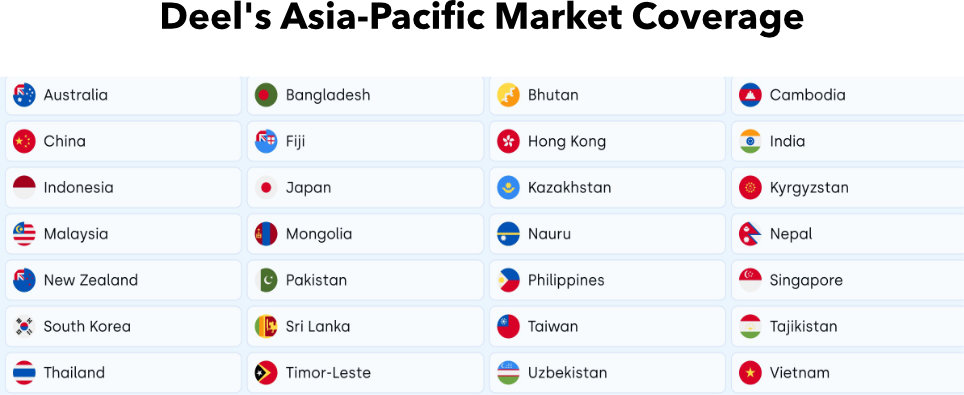In the wake of an increasingly volatile US trade policy, its disproportionate impact on Asia, and an escalating trade war with China, new opportunities are emerging for companies worldwide to leverage alternative trade blocs for growth. One such opportunity is the Regional Comprehensive Economic Partnership (RCEP). RCEP encompasses the ASEAN bloc and five additional trading partners. It is one of the world’s largest trade blocs, covering 2.3 billion people (30% of the global population) and approximately 30% of the world’s $105 trillion GDP. Three years since it went into effect, results have been largely positive, with significant upside ahead. However, challenges remain as companies seek to pivot in an increasingly fragmented model of global economic cooperation.
This blog post examines the RCEP advantages, its impact three years on, and benefits for the SMEs across its member states. We also discuss the direction of ongoing US trade policy, offering strategies for SMEs to accelerate growth within the trade bloc. We’ll highlight the role of innovative workforce solutions from leading companies such as Deel to help companies position themselves for growth. Be sure to follow us on LinkedIn. Now let’s jump into it.
Disclosure: At ClearSky 2100 Ventures, our portfolio partly consists of affiliate partnerships. We may earn a small commission from buying links on our site at no cost to you.
U.S. Trade Policy Under the New Trump Administration
The return of the Trump administration has brought significant shifts in U.S. trade policy, marked by a more protectionist stance and a willingness to challenge existing trade agreements such as the USMCA and KORUS FTA The US pivot to a more aggressive trade policy began in early January 2025 with 20%+ tariff threats on Canada, Mexico, and Colombia.
- Tariff Increases: The Trump administration has implemented or proposed tariff increases on a wide range of goods, including those from China, Europe, and other trading partners. On April 2, 2025, the administration unveiled its global tariff strategy, imposing significant increases on nearly all countries that trade with the US. The underlying tariff strategy has many elements but is largely designed to protect domestic industries and encourage companies to shift production back to the United States.
- Renegotiation of Trade Agreements: The administration has sought to renegotiate existing trade agreements, such as the United States-Mexico-Canada Agreement (USMCA), to secure more favorable terms for U.S. businesses.
- “America First” Policy: The administration’s trade policies are guided by an “America First” approach, which prioritizes U.S. economic interests and seeks to reduce trade deficits.
- Impact on Global Trade: The US policies will have a profound impact on the geoeconomic landscape for decades to come. The US geoeconomic pivot has disrupted global trade flows, created uncertainty for businesses, and increased the risk of geopolitical conflict.
Escalating Trade War with China
In recent days the US has upped the ante in its ongoing trade war with tariff rates at 145% and a response by China of increases to 125%. The ongoing conflict with China encompasses a range of issues, many of which predate the current Trump administration, including
- Intellectual Property Theft: The U.S. accuses China of widespread intellectual property theft, which it says harms American businesses and undermines innovation.
- Trade Imbalance: The U.S. has a significant trade deficit with China, which the administration views as unsustainable and unfair.
- Market Access: The U.S. seeks greater access to Chinese markets for American companies, particularly in sectors such as agriculture, technology, and financial services.
- Industrial Subsidies: The U.S. criticizes China’s industrial subsidies, which it says give Chinese companies an unfair advantage in global markets.
- Technology Competition: The U.S. is concerned about China’s growing technological prowess and its potential to dominate key industries of the future. China continues to rapidly close the gap in artificial intelligence and 5G.
 You will find more infographics at Statista
You will find more infographics at Statista
The RCEP: What Is It?
The RCEP aims to promote economic integration among member countries by reducing tariffs, harmonizing trade rules and regulations, and facilitating trade between investment and services. The agreement’s signatories included the ten ASEAN member states (Brunei, Cambodia, Indonesia, Laos, Malaysia, Myanmar, the Philippines, Singapore, Thailand, and Vietnam) and five trading partners (Australia, China, Japan, New Zealand, and South Korea). India opted out and is in talks to pursue a bilateral trade agreement with the United States. Bangladesh has formally applied for membership to the RCEP. Hong Kong has also applied for membership.
The agreement also contained some firsts, including trade agreements between Japan and partner countries China and South Korea. Also a first, the RECP recognizes the region’s SMEs and their needs through specific provisions. The agreement came into force on 1 January 2022 with nine countries (Australia, Brunei, Cambodia, China, Japan, Laos, Singapore, Thailand, and Vietnam). Other countries ratified the agreement between 2022 and 2023. However, the Philippines in June 2023 became the last country for the agreement to come into force.
Three years into the agreement, the results have been positive for many of the member countries. For example, major fruit producers such as the Philippines and Thailand have seen growth of exports to China. Additionally, the agreement has accelerated the entry of Chinese EV manufacturers into ASEAN markets.
Additionally, ASEAN-Australia trade has seen strong growth, reaching $121.6 billion in 2023, eclipsing the value of Japan and the United States. Investment has also grown, with the two-way investment stock touching $186.9 billion in 2023. We expect this to grow in the years ahead.
How Does RCEP Benefit SMEs?
Small and Medium-sized Enterprises (SMEs) stand to benefit considerably from the RCEP. SMEs are the backbone of ASEAN economies, contributing significantly to employment and economic growth. There are more than 70 million MSMEs within ASEAN. Including non-ASEAN partners in the RCEP, that number swells to over 120 million. SMEs account for 97% of all enterprises, 69% of jobs, and 41% of GDP. The RCEP agreement presents numerous opportunities for SMEs to expand beyond their home markets. However, many SMEs are still unaware of the potential benefits of the agreement.
Benefits of the RCEP Trade Agreement for SMEs
- Reduced Tariffs and Trade Barriers: SMEs can benefit from reducing tariffs and trade barriers among member countries. Over 90% of tariffs will disappear on goods traded between member countries. Tariff removal will take place over 20 years. This gives SMEs access to a more extensive consumer base at a lower cost, making their products more competitive in new markets.
- Streamlined Regulations: RCEP aims to harmonize trade rules and regulations among member countries, making it easier for SMEs to navigate the complexities of cross-border trade. Specifically, the agreement harmonizes the provisions imposed by countries on the trade in goods. Now, countries can accept the product standards of other member countries where goods originate, significantly reducing administrative burden and compliance costs.
- Easier Access to Investment: The agreement facilitates investment among member countries by providing greater protection and predictability for investors. Key elements include national treatment and most-favored-nations treatment, equalizing treatment for investors across the trade area. This opens up additional funding for SMEs, helping them establish a presence abroad.
- Enhanced Services Trade: RCEP also covers services trade, a crucial factor for SMEs engaged in sectors such as technology, consulting, education, and tourism. Restrictions on the movement of persons and commercial presence have been lifted under the agreement, opening avenues for SMEs to offer their services across borders.
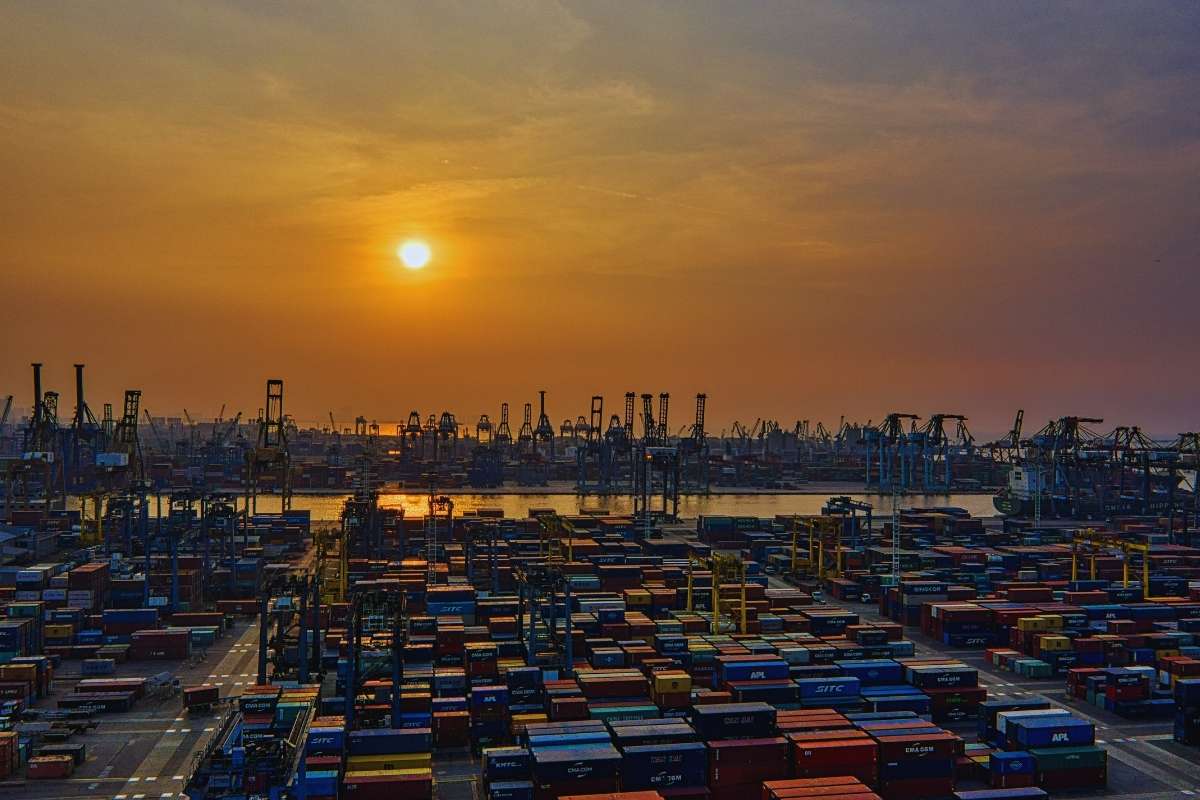
Sectors Benefiting from the Trade Agreement
- Manufacturing and Export-Oriented Industries: The region remains a global manufacturing powerhouse. The ASEAN manufacturing sector is expected to grow from $1.7 trillion in 2018 to $2.3 trillion by 2029. Industries involved in manufacturing and exports, such as electronics, automotive, textiles, and machinery, are likely to gain from the elimination or reduction of tariffs.
- Agriculture and Food Processing: Agricultural products and processed foods stand to benefit from improved market access and reduced trade barriers. This is particularly relevant for countries with vital agricultural sectors, such as Thailand, the Philippines, and Vietnam.
- Services: The services sector, including IT, finance, education, healthcare, and tourism, will benefit from the liberalization of the services trade, opening up new opportunities for small businesses in these fields.
- E-commerce: With the rise of digital trade, the e-commerce sector is expected to grow significantly under RCEP. Revenue in the ASEAN e-commerce sector is expected to reach $133.5 billion in 2025, growing to $187.02 billion by 2029. Small online retail and cross-border e-commerce businesses can capitalize on the expanded market, benefiting from e-signatures and data privacy initiatives.
- Investment and Infrastructure: Businesses involved in infrastructure development, construction, and investment projects may find increased opportunities due to the agreement’s emphasis on investment facilitation. Additionally, the agreement should help meet the region’s $3.7 trillion investment (2023-2030) needs to sustain growth and fight climate change.
Major Barriers for SMEs to Expand in RCEP
Despite the numerous opportunities, SMEs may also face challenges in taking full advantage of the RCEP agreement. These challenges include
- Lack of Awareness: Many SMEs may lack awareness of the opportunities and benefits offered by RCEP. This can hinder their ability to capitalize on the agreement’s provisions.
- Limited Capacity: SMEs may have limited capacity in terms of financial resources, human capital, and technological capabilities to expand their operations and compete in regional markets.
- Regulatory Complexity: Navigating the different regulatory environments, standards, and customs procedures in RCEP member states can be complex and costly for SMEs.
- Competition: SMEs may face increased competition from larger firms and other SMEs in the region as markets become more integrated.
- Infrastructure Gaps: In some RCEP member states, inadequate infrastructure, such as transportation, logistics, and digital connectivity, can hinder SMEs’ ability to participate in regional trade.
…finding a trade partner’ is the biggest challenge in internationalizing their [SMEs] activities…
How SMEs Can Leverage Deel in RCEP
SMEs, across many sectors, clearly stand to benefit from the favorable provisions in the RCEP. However, for many of these companies, expansion into new markets, especially across borders, remains a struggle. Despite high-quality products, the lack of well-structured organizations, unwillingness to look beyond home markets, and market intelligence are just a few of the barriers.
For companies pursuing opportunities across the trade bloc, building an effective infrastructure is key. These challenges include navigating local employment laws and regulations, managing payroll and benefits, ensuring compliance with tax requirements, and addressing cultural and language differences. Additionally, these complexities can be particularly daunting for SMEs with limited resources and expertise in international business operations. The RCEP agreement specifically addresses some of these issues through programs for capacity building and cross-border partnership innovation.
The Role of Deel in Facilitating SME Expansion
For those organizations willing to compete regionally, platforms like Deel can strengthen your competitive advantage. The company offers a comprehensive set of solutions for managing and expanding a workforce across borders. Deel ranks as the #1 global HR platform, allowing companies to rapidly onboard global teams in as little as 5 minutes. What are the best ways for companies to use Deel to navigate the complexities of entering new markets within the RCEP region?
Key Benefits of Deel Global Payroll
- Compliance and Legal Expertise: Deel provides small businesses access to legal experts well-versed in local labor laws and regulations. The company maintains in-house advisors with expertise in local jurisdictions in over 150 countries. This enables SMEs to structure their employment contracts, benefits packages, and other HR-related matters in compliance with local laws.
- Payroll Management: Deel’s platform facilitates seamless payroll management across different countries. Deel covers 12 of the 15 countries in the RCEP trade area. This is crucial for businesses aiming to establish a presence in multiple RCEP member countries while maintaining accuracy and timeliness in paying their workforce.
- Contract Standardization: Deel’s platform offers standardized employment contract templates that are tailored to specific countries’ requirements, saving companies valuable time and effort.
- Currency Conversion and Payment: Deel’s platform offers competitive exchange rates and efficient payment solutions. The company supports over 120 currencies. Deel supports various payment methods, including credit and debit cards, direct debit, Coinbase, etc.
- Robust Integration: Deel allows integration with popular account tools such as QuickBooks, NetSuite, and Xero. Additionally, the company also supports HR and hiring solutions with custom APIs available as well.
Benefits for SMEs Partnering with Deel
By utilizing third-party workforce solutions like Deel, small businesses can seamlessly integrate with the opportunities presented by the RCEP agreement:
- Rapid Market Entry: The streamlined processes offered by third-party solutions allow SMEs to enter new markets more quickly and with fewer bureaucratic hurdles. This agility is essential in capitalizing on the benefits of the RCEP agreement.
- Risk Management: RCEP brings about changes in regulations and business environments. Third-party solutions help SMEs navigate these changes and reduce legal and compliance risks.
- Flexibility for Market Testing: SMEs can use third-party solutions to test the waters in new markets without making significant upfront investments. Deel offers a EOR solutions allowing companies to This flexibility aligns with RCEP’s goal of facilitating gradual market integration.
RCEP’s Potential to Offset Reliance on the United States
The RCEP agreement has the potential to reduce the reliance of its member states on the United States as a primary trading partner. By fostering closer economic ties among Asia-Pacific nations, RCEP creates new opportunities for regional trade and investment, which can help diversify trade relationships and reduce dependence on any single market.
Here’s how RCEP can help offset reliance on the United States:
- Diversification of Trade Partners: RCEP brings together 15 countries with diverse economies and large consumer markets. This diversification reduces the dependence on the U.S. market and creates alternative export destinations for businesses in the region. In many instances trade between member nations already exceeds trade with the US.
- Increased Regional Trade: The reduction of tariffs and non-tariff barriers under RCEP promotes greater trade among member states. As regional trade increases, businesses become less reliant on external markets, including the United States.
- Development of Regional Value Chains: RCEP facilitates the development of regional value chains, where different stages of production are located in various member countries. This interconnectedness reduces reliance on external suppliers and markets, including the United States.
- Attraction of Foreign Investment: The agreement’s provisions on investment facilitation and protection make the RCEP region more attractive to foreign investors. Increased intra-regional investment flows will reduce reliance on capital from the United States.
- Promotion of Economic Integration: RCEP promotes deeper economic integration among member states through measures such as harmonized rules and regulations, streamlined customs procedures, and enhanced cooperation in areas like e-commerce and intellectual property. This integration strengthens regional economic ties and reduces dependence on external powers.
- Reduced Vulnerability to U.S. Trade Policies: By strengthening regional trade and investment linkages, RCEP can help member states become less vulnerable to changes in U.S. trade policies, such as tariffs or trade restrictions.
However, it is important to note that in the near term RCEP will not replace the United States as a trading partner. The U.S. remains an important market for many RCEP member states, and strong economic ties with the U.S. can be mutually beneficial. However, near-term volatility and uncertainty in US trade and economic policy and an increasing shift to economic fragmentation are forcing a rethink across the world’s regional trade blocs.
We expect that the US’ role as a consumer of last resort will wane in the coming decades. While many of the region’s economies have been oriented toward global value chains, a decoupling is underway. The RCEP provides member states with more options and greater flexibility in their trade relationships, reducing their dependence on any single market and promoting more balanced, diversified, and reliable trade patterns.
Capturing RCEP Opportunities in the Years Ahead
RCEP presents promising opportunities for SMEs to expand into new markets across the Asia-Pacific region. Cambodia, one of the ASEAN nations, benefited from the agreement. For the first 10 months of its participation, the country earned over $6 billion from exports to members of the bloc, a 25% year-over-year increase. With tighter economic integration, we expect to see more nearshoring and friendshoring opportunities as companies seek to capitalize on more favorable trade terms. However, this potential presents challenges in managing an effective regional workforce.
Three years on, this trade agreement is showing signs of promise and the ability to accelerate growth across the Indo-Pacific. Given the geoeconomic volatility, now is the time for the region’s SMEs to explore opportunities and plan ahead. From startups and sustainability to nearshoring, opportunities abound. More importantly, countries such as Singapore, with a vibrant startup ecosystem, have established themselves as a strong regional hub for startups. It also provides a competitive alternative to Silicon Valley.
The rise of AI and technology continues to break down barriers, leveling the playing field. Now, SMEs can easily access numerous third-party tools to harness the growing opportunities. These tools include workflow management, CRM, collaboration, HR, etc. Companies such as Deel help companies overcome the challenges of cross-border market expansion and workforce integration. Its expertise in compliance, payroll management, and risk mitigation can prove vital for SMEs as they compete and thrive in regional growth markets.


